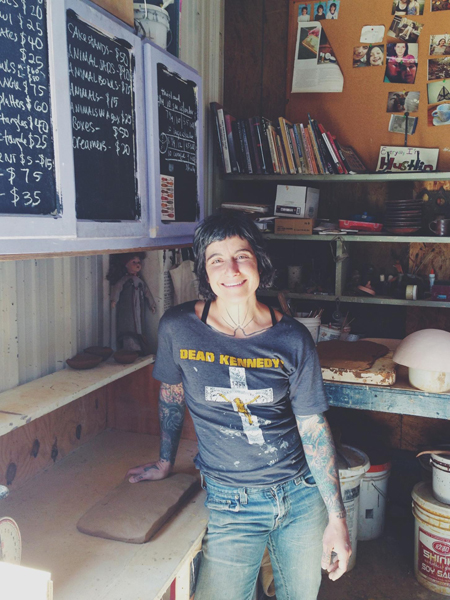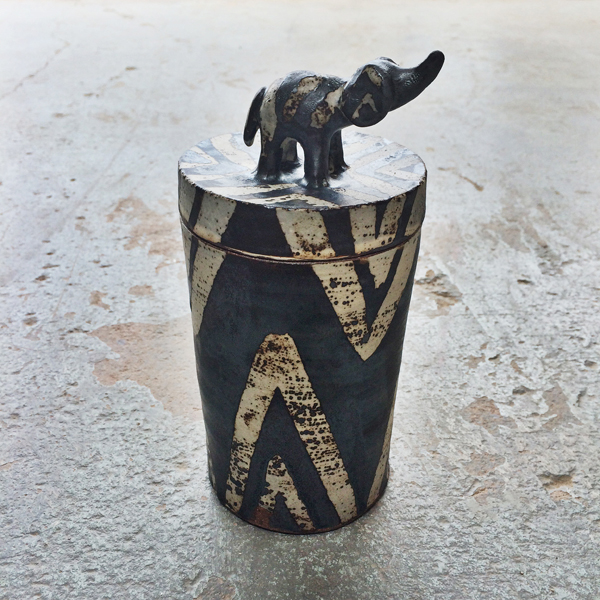
We are thrilled to welcome new Art Star Craft Bazaar Vendor, Melissa Weiss, to our November 8th and 9th show at the 23rd Street Armory and as a guest writer on our blog today! Melissa is a studio potter from Asheville, NC. She digs all of her own clay off her land in NW Arkansas and each piece is made entirely by hand. Enjoy her post about her work and process. Be sure to check out her website and her booth (#47) at our upcoming bazaar!
About 6 years ago on a visit to my land in NW Arkansas I dug a bucket of clay out of the ground and brought it home. I made a cup and fired it. It withstood the firing but had some issues. On my next trip to Arkansas I dug a few hundred pounds. I brought it back to my studio in Asheville, NC and started adding feldspars, sand and other commercially available dried clays. I made about 13 variations of clay bodies incorporating my hand dug clay in different percentages. I tested all of these variations with all of my slips and glazes and after hundreds of tests came up with a working clay body that was what I wanted based on functionality and aesthetics. The clay I dug from land is 25% of the body and this is the clay I use to make every single pot. The process is arduous but the reward is grand.
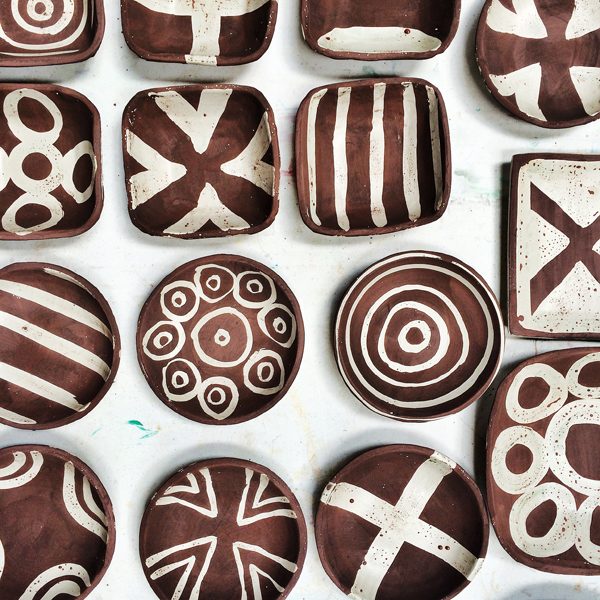 About once a year I drive to the land I bought in 2002 with friends. I was not a potter then. We bought 75 acres of wild woods an hour from town. This land is full of a beautiful iron rich, red clay. I dig about 1000 lbs on a trip and bring it home. This will enable me to make 4000 lbs of clay. I make clay at my studio in batches of 1000 lbs. I put the Arkansas clay in a 55 gallon drum and add water. I let it sit for a while and drill it up until it’s a slurry.
About once a year I drive to the land I bought in 2002 with friends. I was not a potter then. We bought 75 acres of wild woods an hour from town. This land is full of a beautiful iron rich, red clay. I dig about 1000 lbs on a trip and bring it home. This will enable me to make 4000 lbs of clay. I make clay at my studio in batches of 1000 lbs. I put the Arkansas clay in a 55 gallon drum and add water. I let it sit for a while and drill it up until it’s a slurry.

Then I screen it to remove the big rocks and debris. This now liquid clay is in a giant metal trough. I then add all my commercial ingredients and drill it up. At this point the clay is mixed and is the consistency of yogurt. I remove this liquid clay by the bucket full into racks lined with old bed sheets. The racks are basically wood frames with a chicken wire bottom. These racks get stacked upon each other until they are all filled with the clay. They will then sit for 2 weeks or more depending on the weather. At this stage the water slowly drains through the sheets and screen and eventually I am left with a useable clay.
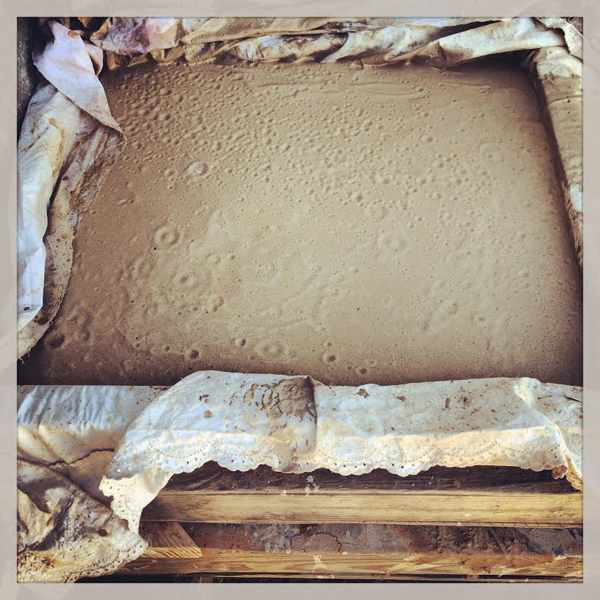
the clay’s water slowly drains through bed sheets
The reason I do this is not to save money on clay. After all the labor and driving it costs much more than buying clay at the store. I do this for many reasons. The most basic is aesthetics. The clay I make looks different. It is imperfect and slightly varying. Small rocks and bits of iron remain, which melt out in the firings and give the pots a raw, wild look. This clay also feels different. It feels alive. It has a character and a life of its own. I also love the process of autonomy. I like being involved in the making process from the beginning to the end. The finished pot was made by me every step of the way. It gives me a connection to my work I don’t think I would have if the clay was more easily come by.
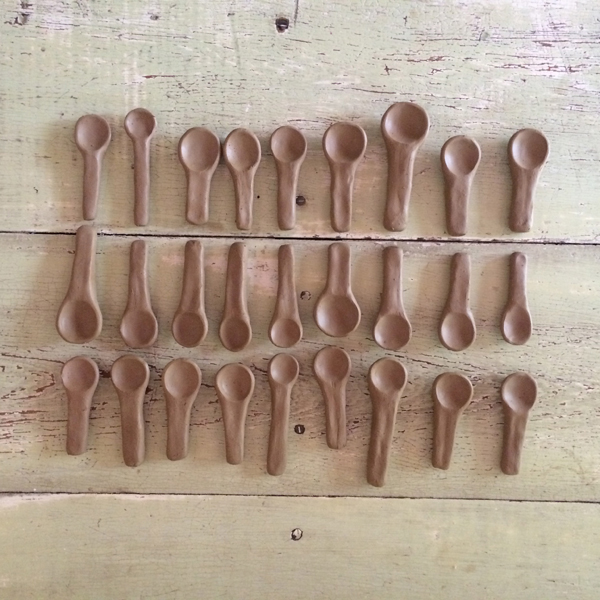
hand formed spoons made from Melissa’s own clay body
I work out of an 8000 square foot warehouse in an industrial section of Asheville, NC between the railroad and the river. It’s called SouthSide Studios which I founded in 2013. I run the studio which houses about 20 other artists working in a variety of media. My studio hours are dictated by the fact that I have a 10 year old in public school. I get to the studio by 8am, Monday through Friday. I work until 3 most days and later when I have the opportunity. I spend time there on weekends when I can. On average I spend about 40-50 hours a week in the studio.
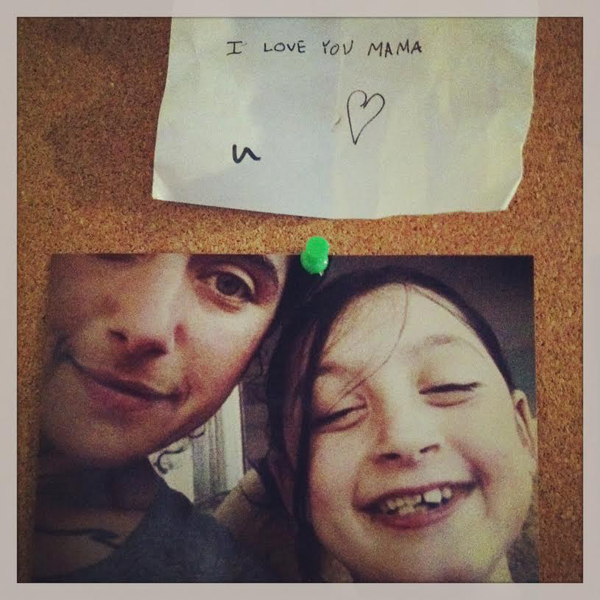
I work in a rhythm. It starts with making clay, slips, glazes and washing ash for glazes. I then make pots. I usually have the pots I want to make laid out by weeks. This is dictated partly by orders and deadlines. This system seems to give me structure and keep me from becoming overwhelmed with too much to do. For example, I will lay out the month of making by Week 1: slab pots, Week 2: mugs and drip cones, Week 3: pitchers and animal pots, Week 4 thrown bowls and teacups. This is never rigid and I ALWAYS make or do something new in every cycle. When the making is complete I bisque fire all the pots. Then I glaze and decorate all the pots. They are now ready for the final firing. I fire the pots in a gas reduction kiln at the studio. The firing lasts about 10 hours. The kiln cools for a day and then I unload the pots. All the pots get their bottoms sanded to make them smooth. They then get washed and priced.
Everyday I am in my studio I feel grateful and lucky. So grateful that I do what I love for a living. It takes a strict discipline and sacrifice of certain things but they are all worth it. I will be making pots in my studio, listening to music with my dog and drinking coffee thinking – “I am at work right now!” I work hard and it feels easy.
Purchase Melissa’s work at our upcoming bazaar or on her website here
